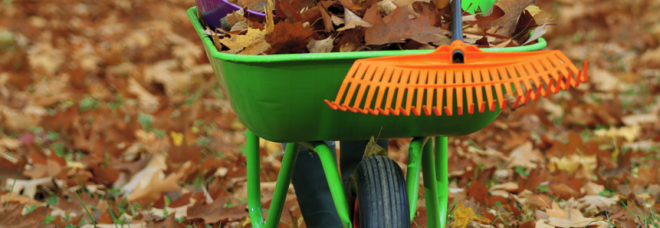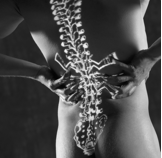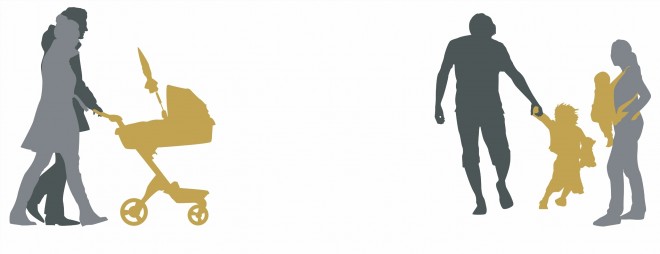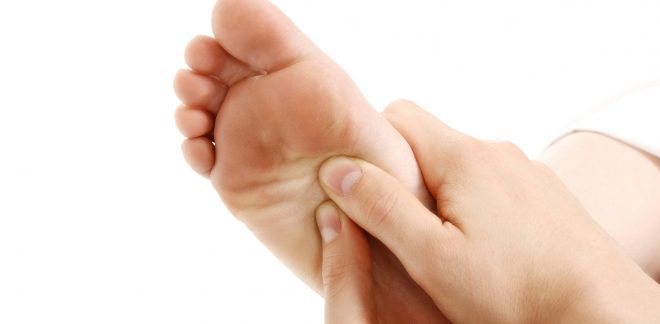![]()
March 2017 - Clinic News
Farewell to Rob and Lyn!
It is with great sadness that we say goodbye to Rob, who will be taking up his new position in Cardiff and be nearer to home and to baby Macsen. He has been with us at the clinic for the last 5 years and will be greatly missed by the team and patients alike. We wish him well in his new position and won’t remind him too much about how Wales are doing with the Rugby!
Lyn, who has kept us clean and shiny for 16 years is finally hanging up her mop and bucket. We will miss her motherly ways and excellent cups of tea, but wish her a well-deserved and restful retirement.
This week we all completed our St Johns Ambulance first aid course so we hope we are now well prepared for any emergency you throw at us! And our lovely Sports Masseuse Ruth Taylor will also now be working alternate Wednesdays during term time. So if you’re in need of a sports massage, give our reception a call today!
Please also note we are increasing our prices slightly from 1st April 2017 to help continue to provide the high standard of care and continued improvement of our service to you. Please check our website for details.

Spring Back into Gardening!
Steer clear of muscle strain while carrying out garden duties this autumn...
Getting out in the fresh air to do some gardening can be a real joy. However, if you’re not used to all the extra exercise and physical movement that donning a rake or trowel will bring, you could end up doing your body more harm than good.
Digging, mowing and stooping place considerable stress on the ligaments and joints in the lower lumbar spine and cause them to become inflamed and tender. This in turn triggers a protective muscle spasm, which gives rise to the deeper, duller, achy type of pain that occurs over the following few days.
Taking extra care of your muscles and joints, especially when undertaking a form of exercise that you are not used to, is very important. Follow these ten top tips for warding off garden aches and pains:
1. Gently stretch your muscles and ligaments for a few minutes before and after gardening; but don't bend down to touch your toes — this can cause damage
2. Wear light, but warm clothes & make sure your lower back is always covered
3. Kneel on one leg rather than bending your back repeatedly
4. Use long handled tools to prune tall plants
5. Use only a small spade/fork for digging and keep your back gently hollowed
6. Do not always work to one side only; ensure that you change your position regularly
7. Don't do the same work for long periods; try and vary your tasks
8. Keep your back straight when carrying
9. Have a warm bath or shower after you’re finished
10. Do not sit for too long in your favourite armchair after carrying out work in the garden; instead stand up regularly and walk around for a minute or two.

Back Pain Myths
In the UK, back pain is one of the most common reasons people miss work, and is the leading cause of disability worldwide. With something so common, it has been easy for people to get confused about back pain and for misconceptions to arise!
We know that the easiest way to tackle back pain is to keep moving, but sometimes these myths and misconceptions can stop people from doing exercise or seeking proper treatment.
One of the most common myths about back pain is that people think it’s not going to happen to them. In fact 4 out of 5 of us will be affected by back pain at some point in our lives!
Here are the top myths about back pain debunked:
MYTH: Exercise will cause or worsen back pain
Staying bed bound with back pain can be one of the worst things you can do! Without exercise muscles become weakened, deconditioned and stiff. To reduce back pain you should rest, calm the pain, followed by gentle exercise.
MYTH: If you see a spine specialist you will end up getting surgery
Spinal surgery is only recommended in about 1% of cases. In most cases the treatments recommended will be non-surgical, such as exercise, physical therapy and anti-inflammatory medication.
MYTH: Back pain is a normal part of aging
Some people believe that back pain is a typical part of getting older but it shouldn’t be a normal part of your day. We all get aches and pains as we age, however with all the options to ease back pain available today you shouldn’t suffer in silence.

Healthy Postural Positions for Babies
Birth is one of the most traumatic experiences a baby can go through. It is not often known, for example, that the baby’s cranial bones move and overlap affording the flexibility required during delivery. Even after a successful delivery, a baby's spine is still at risk.
However, there are some precautions you can take as a parent to minimize this risk both to your baby and to yourselves. Here are the healthiest positions for you to care for your baby.
Holding baby: your baby should be held close to you with the back of your baby’s head supported with your index finger behind the ear.
Bathing baby: your baby’s head should be supported using your thumb and forefinger while your free hand is used for bathing and supporting your baby in the tub.
Parent/child interaction: throwing your child up and down can actually cause spinal problems due to a lack of support as your child is being bent forward and backwards.
Picking children up: when lifting your child, you should be on your haunches, lift your child while holding them under both arms, and avoid carrying them on one hip. Preferably, your child should be carried in front of you with one leg either side of you.
Papoose type slings and carriers: unfortunately contraptions that allow your child to sit before it is naturally able to can cause major spinal problems. Most of the holding devices keep your baby's spine in the 'c' shape curve it's born with and do not allow the normal curves in the neck and low back to develop.
Dressing the child: clothing that has a tight collar can put a strain on your child’s spine in the neck and the area between the shoulder blades. Buttons and zips should be used as much as possible.
Feeding: if breast feeding, you should hold the baby at the level of the breast whilst supporting your arm on a pillow, to reduce spinal problems in yourself. You should place the baby so that it faces your breast so that rotation of your baby's neck is minimized.
Crawling: crawling should be actively encouraged, as a lack of sufficient crawling is responsible for weak spinal architecture.
Emotional stress can also affect your baby. Domestic disharmony and maternal distress is very quickly picked up by the infant and translated into irritability, crying and unsettled behaviour. The negative effect on muscle tone, sleeping and feeding patterns is a major contributor to spinal subluxations.
As parents, bonding should be encouraged immediately for you both. Holding the infant close to your body, maintaining sustained eye contact, smiling and making soothing sounds are all important.

Sore Feet? Chiropractors to the Rescue!
Amongst other things, chiropractors frequently also treat the hips, knees and feet...
In an average lifetime, our feet carry us an equivalent of five times around the Earth. In addition to this, the feet must take the strain of supporting the body’s weight even when just standing still. Given how often we use our feet, and the demands we make upon them on a day to day basis, it’s important to look after them properly.
Each foot is made up of a total of 26 bones, and damage to any one of them, or related muscles, ligaments or cartilage can result in problems with the foot that may need attention from a trained professional in order to prevent longer term damage.
Follow these tips for keeping your feet in good condition:
- You should inspect and feel your feet daily for cracks, corns and ulcers
- Toenails should be cut straight across, not too close to the skin.
- Take extra care when walking barefoot.
- A well fitting shoe should not require a long and painful breaking in period.
- Pay good attention to your feet; changes and/or pain in the feet and ankles could indicate a more serious foot ailment or circulatory problem, so if in doubt, check with your chiropractor.




